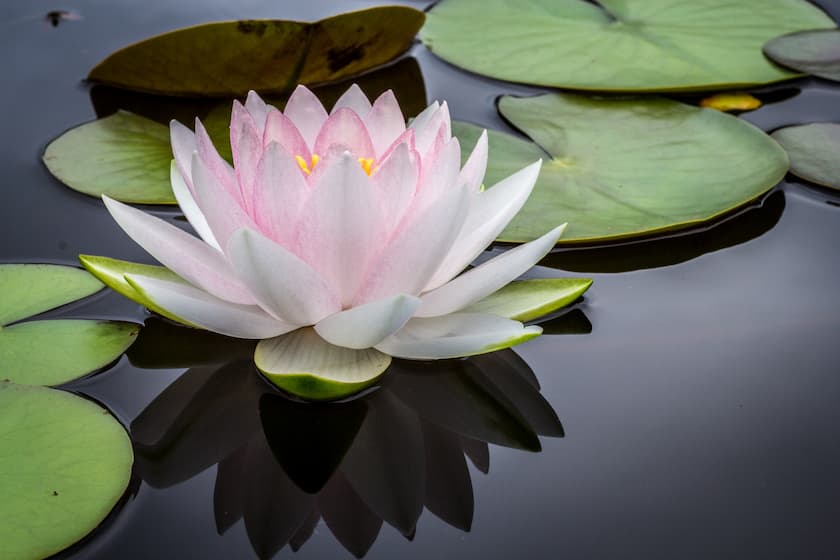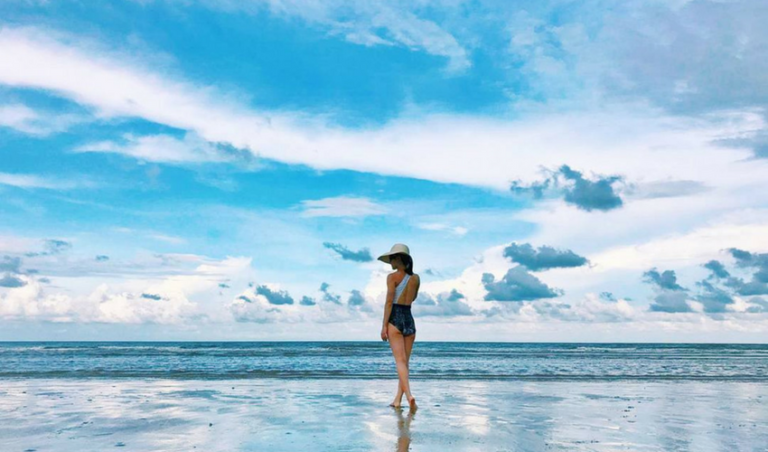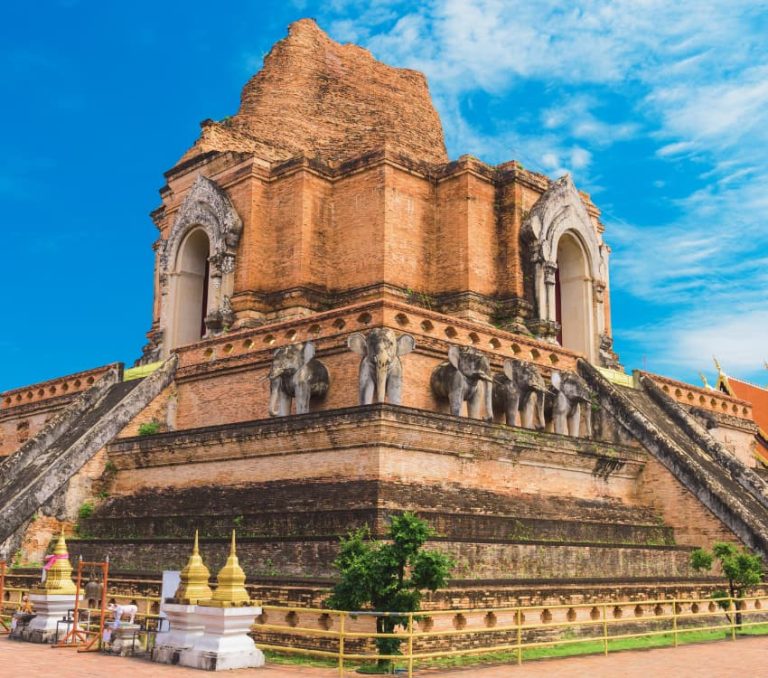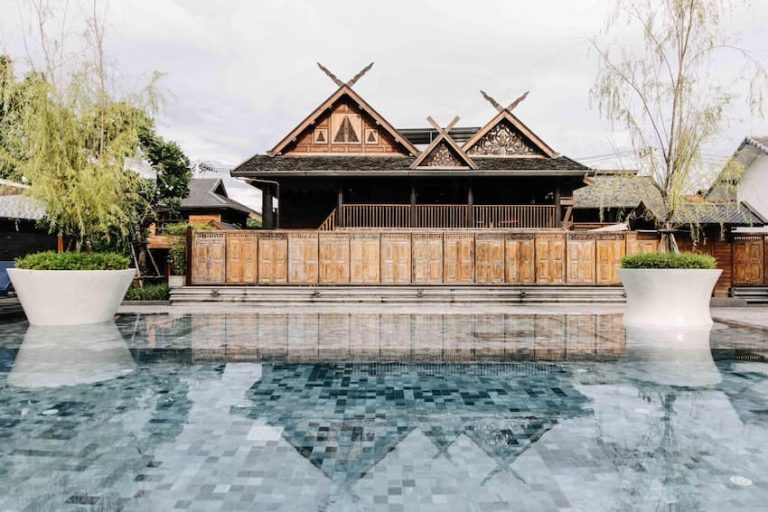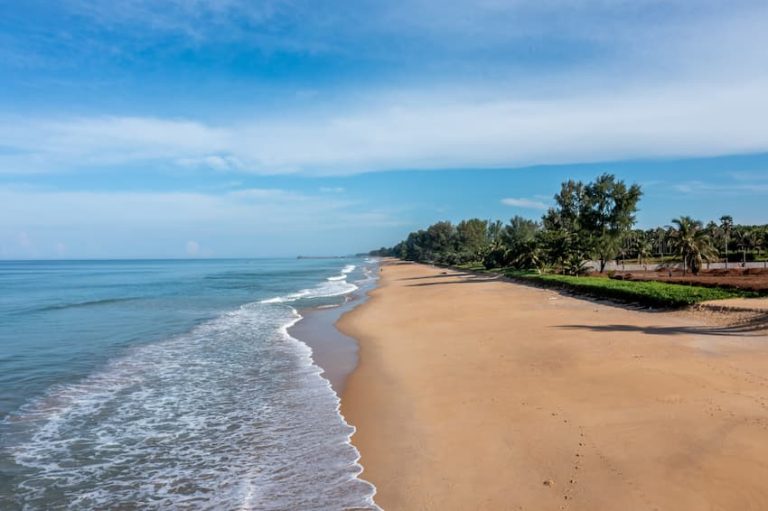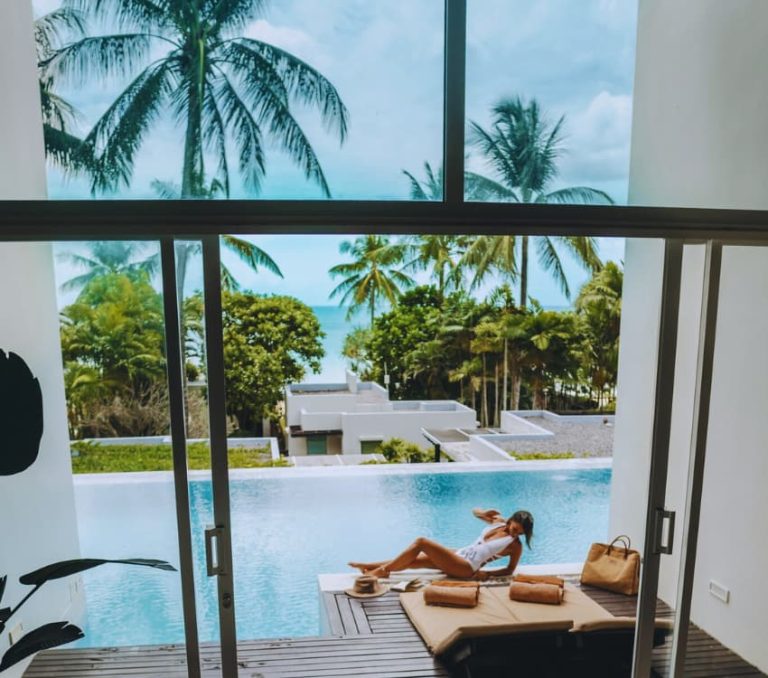Since the end of the year 2019, the whole world has been battling with the lethal novel infection COVID-19. Millions have contracted the disease; others have died in the battle while others are still fighting. A lot has been said about how we can avoid contracting the infection, but little has been said about recovering and rehabilitation for those who have contracted and won the battle.
The road to full recovery is not easy. As a world, we have learned so much about this novel disease and are still learning more. Regaining your energy and fitness after contracting COVID-19 is a tough journey. There are several do’s and don’ts that one has to adhere to compulsorily to battle the recovery journey with ease.
Advice to Help You on Your Recovery Journey
After contracting COVID-19, there are major things that the virus tampers greatly; energy, fitness, and health. The entire recovery journey from COVID-19 will entail restoring them to their normal factory settings. The body has been through a very adverse phase which will take time before going back to normal.
After recovering, resting is very vital. You are required to rest as much as you can at certain intervals. While rest is important, ensuring that your body is active is equally important. Ensuring that your body is active ensures that the lost strength is regained. An active body is also important in helping the lungs recover as they are the body’s major organs that have been affected by the virus.
After infection by any illness, the energy levels usually go down. For a full recovery, one is required to commence rebuilding their routine and daily activities slowly. First, you might be required to prioritize the tasks you intend to achieve daily by setting daily goals. After recovering, you might feel that being able to dress again is important; set the goal and work on achieving that goal. Pace the activities you want to achieve daily and ensure that you rest after completing each task if need be to allow your breathing to settle.
Another vital piece of advice is that you should learn to balance between resting and being active. Achieving this balance is difficult but can be achieved if you build a daily routine during this recovery period. The biggest secret is not pushing yourself hard on recovering and avoiding discouragement in case of a drawback.
There are cases where one might feel that their effort to regain their energy levels is not yielding fruits, or their condition is getting worse whenever they engage in their daily set routine or activities. Such a situation calls for the patient to contact their GP or physiotherapist to assess their Post Viral Fatigue Syndrome.
COVID-19 Respiratory Recovery Exercises
After contracting respiratory illnesses such as COVID-19, the body usually takes a long before regaining normalcy. Coronaviruses affect the respiratory system and majorly affect body organs such as the lungs, muscles, and heart. In conjunction with medical researchers, doctors are still learning the full impact that COVID-19 may have on the body. However, there are several exercises that one can do after recovery to help strengthen the body muscles and improve their breathing capacity. The exercises that one can do include:
- Prone breathing
Prone breathing involves lying on your abdomen with one or two pillows below the hips and a folded towel or pillow below your head. One is supposed to maintain the position for approximately thirty minutes to two hours while breathing evenly. Recovering COVID-19 patients are advised to practice prone breathing to reduce lung compression and improve the lungs’ functioning. There is an even distribution of both blood and air at the prone position, hence reducing imbalance and enhancing gaseous exchange. At a prone position, the patient does not need to rely on the ventilator as he or she can achieve oxygen levels adequately.
- Chest wall stretching
Chest wall stretching begins by first standing in an upright position in the middle of a doorway. Secondly, bend the elbows and place your forearms on the sides of the doorway at an angle of ninety degrees from your sides. Thirdly, take a step in front until you feel a stretch on the fire part of your shoulders. Repeat the same steps but with your forearms at a one hundred and twenty degrees angle from your sides. Chest wall stretching should be performed multiple times a day for approximately thirty to sixty seconds.
- Breathing Exercises
One of the symptoms of COVID-19 is shortness of breath. Not all COVID-19 patients experience shortness, but those who do should perform the following exercises once the shortness of breath improves:
- Diaphragmatic breathing at a 90/90 position
The exercises involve first lying on your back on the floor with your feet placed on a chair. Second, with one hand placed on your belly and the other one on your chest, breath in deeply and slowly. Every deep breath should fill your stomach with air before you breathe out. Repeat the same steps severally for approximately five to ten minutes. While performing this exercise, ensure that your lower back is not arched as you inhale.
- Quadruped breathing
The quadruped breathing involves bending on all your fours hands and legs) while maintaining a straight back. Exhale fully with your back rounded up towards the ceiling. At the top of every three seconds, pause and breathe in on your return. Repeat the steps ten times, with each session lasting approximately 10 seconds.
Ideal Postures for Improved Oxygen Intake
- Sitting
To improve your oxygen intake, you should sit with your feet lying flat on the ground. Your ears, shoulders, and hips should fall in line. For maximum intake, ensure that you do not slouch your shoulders forward.
- Standing
Standing with both feet while ensuring an even distribution of weight improves your oxygen intake. While standing, ensure that the ears, shoulders, hips, and heels fall in a straight line. At the same time, avoid slouching your shoulders forward and maintain your chin in a forward position.
Breathlessness After Contracting COVID-19
Patients, especially those with respiratory diseases, are prone to breathlessness as they battle their illness. One of the symptoms of severe COVID-19 is shortness of breath. This symptom may sometimes extend even after being discharged from the hospital.
Shortness of breath is introduced to the body due to the lost strength and fitness and the illness itself. A person experiencing shortness of breath becomes anxious easily, and as a result, the breathlessness may worsen. If you are experiencing shortness of breath, you are advised to stay calm and, in the long run, learn the best way to manage your breathlessness.
Shortness of breath improves by regularly exercising and ensuring that the body is actively involved in day-to-day activities. However, some exercises and techniques help resolve shortness of breath in the short term.
Positions That Help in Easing Shortness of Breath
Some positions have been approved as a means of improving breathlessness. Each position works differently on each person. Hence, it is advised that you try all the positions before settling on the most appropriate position for you.
- High side-lying
Lie on one side propped up by two or more pillows. Bend your knees slightly as you support your head and neck on the pillows.
- Forward lean sitting
While sitting at a table, from your waist, lean forwards and let your head and neck rest on either the table or you can use a pillow. Let your arms rest on the table.
- Forward lean sitting without a table
While sitting on a chair, lean forwards. Let your arms rest on your laps or the armrests of the chair.
- Forward lean standing
While standing, lean slightly forwards onto a chair, a windowsill, or any other stable surface.
- Standing with back support.
While standing, lean backward against a wall for support with your hands upright on your sides. Your feet should be at least one foot from the wall and slightly apart.
Techniques That Can Help in Easing Shortness of Breath
While on either of the above positions, you can try the following techniques to ease your breathlessness.
- Controlled Breathing
Controlled breathing helps in not only controlling but also relaxing your breath. To achieve controlled breathing, you should first sit in a supported and comfortable position, probably on a chair. Secondly, place one hand on your chest and the other one on your abdomen. Close your eyes and focus on breathing. Inhale slowly either through your nose or your mouth if you are experiencing difficulties breathing through the nose and then exhale through the mouth. During this process, you will realize that the abdomen’s hand rises more than the hand on your chest. While practicing controlled breathing, ensure that you use minimal effort, and the breaths are slow, smooth, and relaxed.
- Paced Breathing
Paced breathing proves more useful when engaging in activities that might need more effort or make you short of breath. These include climbing stairs or walking up a hilly place. The most important thing that one should remember is that they need not rush. For paced breathing, you start by breaking the activity into smaller parts to make it easy to conduct and avoid getting tired or experiencing breathlessness at the end. Breath in before starting the activity. Breath out while engaging your effort in the activity. It is always advised that you breathe in through your nose and breath out with your mouth to earn the most out of this technique.
Exercising Techniques After Being Discharged from the Hospital
Exercising during your journey to full recovery from COVID-19 is very important. Some of the benefits attached to exercising include:
- It helps in improving your general body fitness
- Exercising aids in improving shortness of breath
- By exercising, the body’s muscle strength is increased
- Exercising helps in improving your balance and coordination
- Exercising boosts your body energy
- Engaging in body exercises boosts your confidence
- Exercising the body improves the thinking of your mind and relieves stress
Some of the exercising techniques that one can engage in include:
- Warm-up exercises
Warm-up exercises involve warming up the body in preparation for exercise to avoid any injuries. The exercises should last for at least five minutes and should be done while sitting or standing while supporting your body on a stable surface. For every warm-up exercise, repeat two to four times. Warm-up exercises include:
- Shoulder shrugs
Lift the shoulders slowly towards your ears and slowly again downward in a repetitive manner.
- Shoulder circles
While you remain sorted and with your arms resting on your laps, move your shoulders slowly in a circular motion.
- Side bends
Start by maintaining an upright position where both hands rest on your sides. Slide one arm while bending sideways towards the floor and repeat the same for the other.
- Knee lifts
Lift your knees one at a time at an up and down movement slowly.
- Ankle taps
Using one foot, slowly tap the toes and then the foot on the ground before repeating the other foot.
- Ankle circles
Draw circles using one foot and repeat the same with the other foot.
- Fitness exercises
As you recover from COVID-19, make it your goal to exercise at least 20 to 30 minutes for five days every week. Any activity that makes you feel moderate to severely breathless is counted as a suitable exercise for your body. Some of the fitness exercises that one can take part in include:
- Marching on the spot
Hold onto a chair, lift your knees one at a time and keep increasing the height as you aim for the hip height. One is advised to have a chair nearby in case they want to rest.
- Step-ups
Using the bottom step of your stairs and holding onto a handrail, step up and down while changing the leg you started with after every ten step-ups.
- Walking
You can use a walking stick, crutches, or a walking frame for support. Choose a relatively flat route, and for the progress, you can increase the speed or the distance walked.
- Jogging or cycling
Jogging and cycling are only allowed if it has been approved to be safe for you medically.
- Strengthening exercises
The aim of strengthening exercises is to Improve the body muscles that the disease has weakened. Medics advice on three sessions every week. Unlike fitness exercises, you will not feel breathless when engaging in strengthening exercises. Instead, the muscles will feel they have worked hard.
As you do the strengthening exercises, aim at completing three sets of 10 repetitions for each exercise. You should ensure that you rest in between the sessions.
Some of the strengthening exercises include:
- Bicep curl
- Wall push-off
- Arm raises to the sides
- Squats
- Sit to stand
- Knee straightening
- Heel raises
Bicep curl, wall push-off, and arm raised to the sides are meant for the arms, while heel raises, knee straightening, squats, and sit to stand are meant for the legs.
Safety Precautions to Observe While Exercising
To reap the benefits of exercising, you should observe all the safety rules. Some of the safety rules include:
- Before exercising, ensure that you warm-up and cool down after exercising
- One must wear loose and comfortable clothes to the exercise in addition to supportive shoes
- If you have had a meal, wait for up to an hour before exercising
- Make sure that you drink a lot of water
- Avoid exercising during hot weather conditions
- In case of cold weather, exercise indoors
Related Articles
- Breathing Recovery Exercises from COVID-19
- Boosting Immune System During and After COVID
- What is Long COVID?
- Wellness in Phang Nga
- Breathing Recovery & Immunity Boosting Programme
AYURAH SPA & WELLNESS CENTRE
33 Moo 5, Khok Kloi,
Takua Thung, Phang Nga
82140 Thailand
T: +66 (0) 76 580 339

